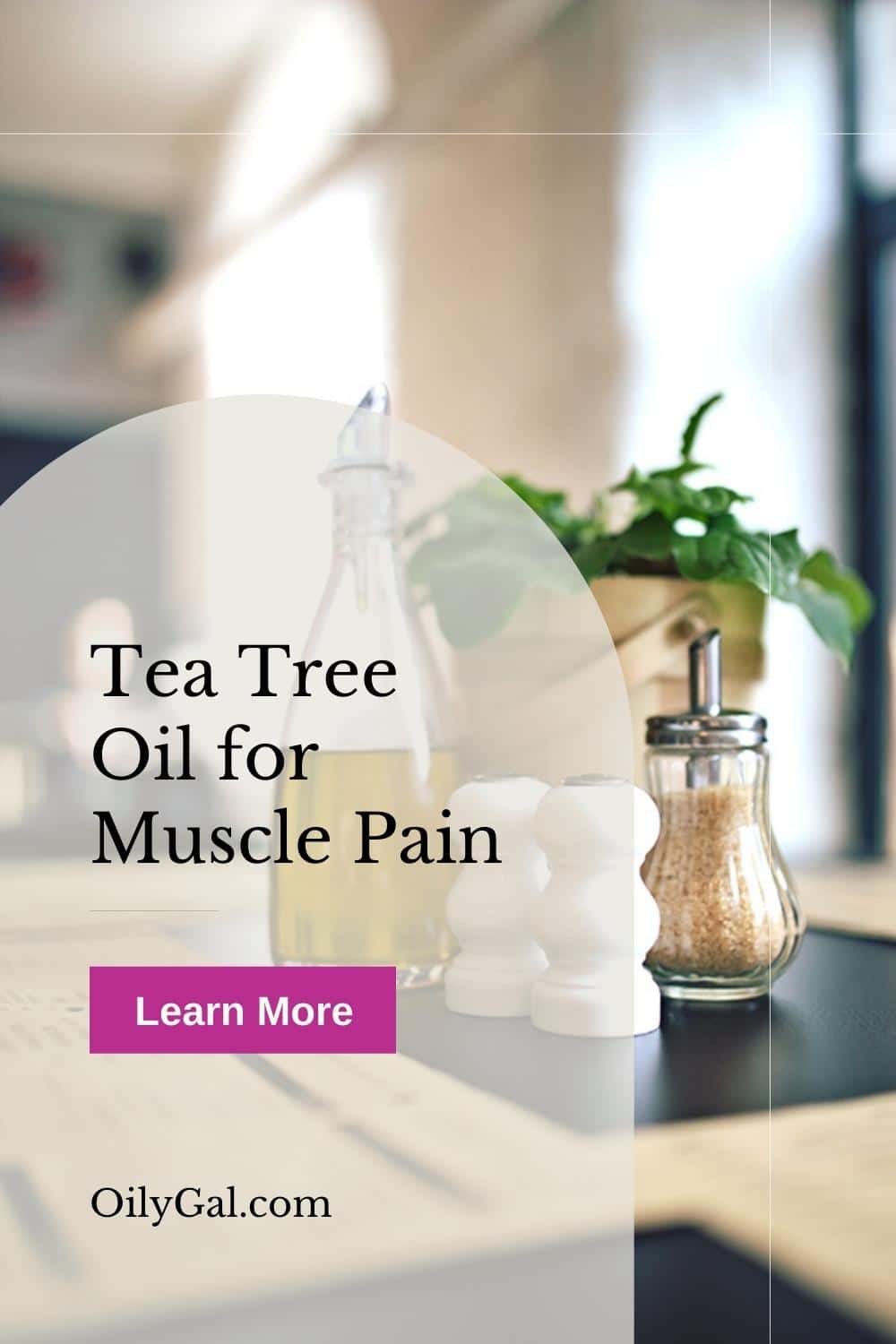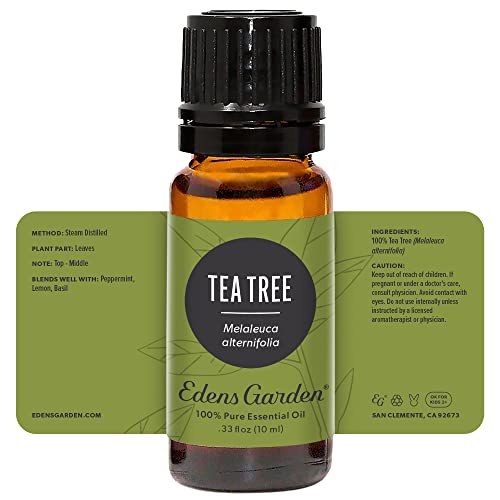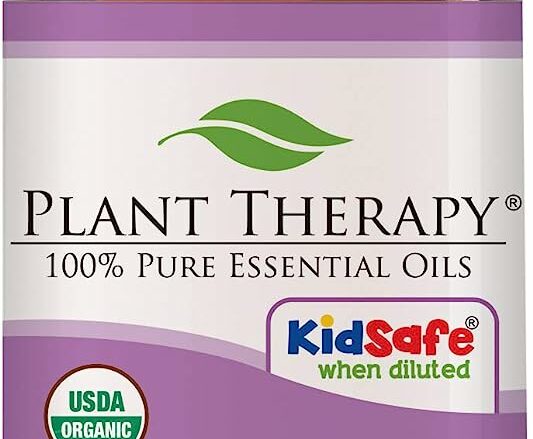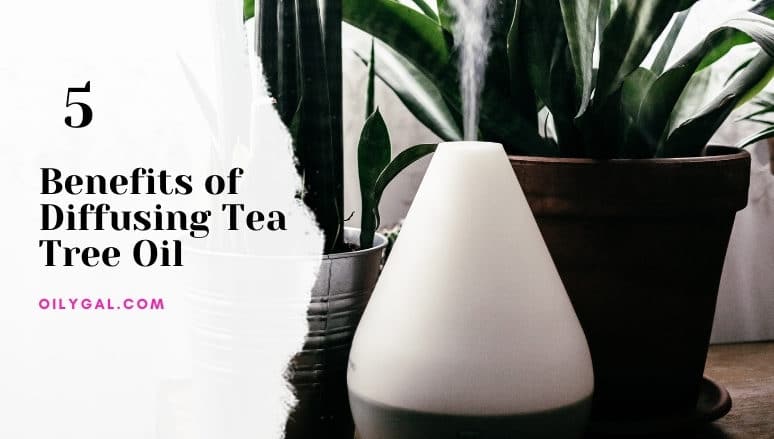Did you know you could use tea tree oil for muscle pain? You can! People experience muscle pain often. Whether the pain is from a difficult day at work, a strenuous exercise, or lifting heavy objects, people will experience muscle pain at one point or another. Muscle pain is unpleasant and can keep you awake at night. How do you reduce muscle pain? One way to reduce muscle pain is by mixing it with standard massage oil and massaging it into the sore muscles.
Why Mix the Tea Tree Oil with Another Oil?
Tea tree oil is very potent if it is not diluted before use. Negative side effects can occur if you do not dilute tea tree oil before use.
- Tea tree oil can evoke a skin reaction when not diluted
- Itchy, red skin
It is not recommended to use tea tree oil without diluting it. Mixing the tea tree oil with a carrier oil can give you the anti-inflammatory benefits of the tea tree oil without skin irritation.
How to Use Tea Tree Oil For Muscle Pain Relief
Tea tree oil works to decrease muscle pain because it is anti-inflammatory. Also, the process of massaging the oil into the skin is great for reducing muscle pain too as it will improve our blood circulation.
Instructions for Applying Tea Tree Oil to Decrease Muscle Pain
It is very easy to apply tea tree oil, and since you need to dilute the product, the oil goes a long way. Here is how to apply the tree tea oil to help decrease muscle pain.
- Dilute your tea tree oil before treating your muscles
- Massage the oil into the sore area until it is fully absorbed by your skin
- You may also combine your mixture with other essential oils to maximize the benefits
The longer you focus on massaging the muscle, the more your pain will be eased. Massaging tea tree oil into your skin is both relaxing and beneficial.
Other Uses for Tea Tree Oil
Tea tree oil isn’t just a one-trick pony. It can be used to aid in all sorts of ailments. Another way tea tree oil can be used is to help treat acne. Tea tree oil has been proven to be just as effective in treating acne as benzoyl peroxide.
5 Benefits of Diffusing Tea Tree Oil with Essential Oil Diffuser Blend
How to Apply Tea Tree Oil as an Acne Treatment
There are a few different methods for applying tea tree oil as an acne solution that we will cover here. Different methods will be more effective for some people than for other people.
- Dilute your tea tree oil. This is the most important step in using tea tree oil to treat acne. If you do not dilute the tree tea oil, you may have a rash or an allergic reaction. Tea tree oil is very concentrated.
- You may dilute your oil by mixing it with your daily face wash
- You may also dilute tea tree oil in your daily facial moisturizer
- Apply your product mixture to your face the same way you normally would
- If it is mixed in your moisturizer, do not worry about rinsing
- If it is in your face wash, make sure you are massaging it into your pores
Tea tree oil is very popular for its effects on acne treatment. It is worth a try, but if it causes a rash even after diluting, tea tree oil may not be right for your skin. Be mindful that everyone’s skin will react differently to certain products.
More Essential Oils for Muscle Pain
What essential oils are good for muscle pain? Some of the best essential oils for muscle pain relief include lavender oil, eucalyptus oil, marjoram oil, peppermint oil, and ginger oil. These oils can be applied topically to the skin or added to a bathtub full of hot water, the oils should be diluted first to prevent skin irritation. Peppermint can be too strong for bathing with.
Some popular essential oils for muscle pain include:
– Arnica oil: A naturally anti-inflammatory oil, arnica is effective for treating muscle pain and stiffness. It can be applied topically or used in a supplementary form.
– Peppermint oil: A cooling and refreshing oil, peppermint is often used to treat headaches and muscle pain. It can be applied topically or aromatically.
– Lavender oil: Lavender oil is a natural remedy that has been shown to be effective in reducing muscle pain. An analgesic and anti-inflammatory oil, lavender is effective for treating a wide range of muscle pain. It can be applied topically or inhaled directly from the bottle or by using a diffuser.
It is believed to work by reducing inflammation and helping to relax the muscles. Additionally, lavender oil is also known to be relaxing and have a calming effect, which can be beneficial for those experiencing muscle pain.
– Marjoram oil: Marjoram essential oil is known for its analgesic, anti-inflammatory, and soothing properties. It is often used to help reduce muscle pain, inflammation, and stiffness. Additionally, marjoram oil can help improve circulation, which can help reduce healing time for injuries.
– Ginger oil: Ginger oil is a natural anti-inflammatory and analgesic agent, which makes it an ideal choice for treating muscle pain. It can help to reduce inflammation and swelling, and it also has a numbing effect that can help to relieve pain. Additionally, ginger oil is a warming oil, which can help to improve blood circulation and encourage healing.
Final Thoughts: Tea Tree Oil to Relieve Muscle Pain
Tea tree oil is a great essential oil to have on hand. The tea tree is great for treating muscle pain because of its anti-inflammatory properties. Tea tree oil is also a great alternative to benzoyl peroxide for treating acne. Just be careful when using tea tree oil. If you have children or pets keep it out of their reach as it is poisonous when ingested.
Tea tree oil is great inexpensive produce. Since it needs to be diluted, you can make the oil last for a very long time in your household.
Share on Pinterest











